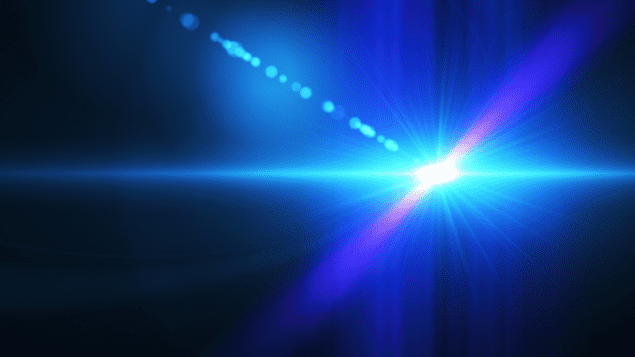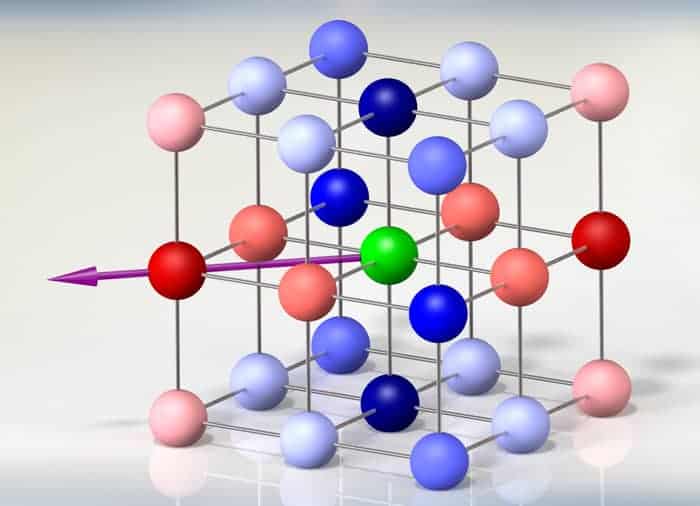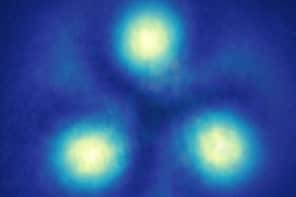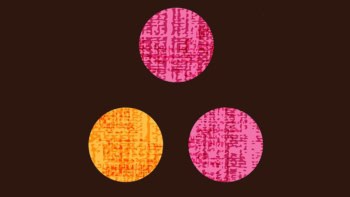
A dense cloud of optically-trapped molecules has been cooled to record-low temperatures by Lawrence Cheuk and colleagues at Harvard University and the Massachusetts Institute of Technology in the US. Using advanced laser techniques, the researchers were able to cool molecules occupying previously-inaccessible quantum states. Their methods also allowed them to construct images of the ultracold gas.
For decades, physicists have studied the behaviours of clouds of atoms at temperatures just above absolute zero. To cool atoms to these temperatures, atoms are made to absorb and then re-emit photons from a laser beam, losing some energy in the process. After this process occurs, the atom returns to its original electronic state and the cycle repeats; steadily cooling the particle.
For molecules, however, the process is more difficult. Molecules have additional degrees of freedom including vibrational and rotational states, meaning they will not necessarily return to their original states after re-emitting a photon. Instead, they can slip into more complex states that are quantum superpositions of two ground states. In previous experiments carried out by Cheuk’s team, molecules in these “dark” states were not able to absorb incoming laser photons. This prevented the atoms from being cooled any further.
Counterpropagating lasers
Drawing from their earlier research, the team developed a more sophisticated laser-cooling technique to induce cooling in dark-state molecules of calcium monofluoride (CaF). This involved subjecting the molecules to two counterpropagating laser beams separately tuned to the frequencies of the two superimposed ground states comprising the molecules’ dark state. For the first time, the researchers could cause dark-state molecules to scatter incoming photons, allowing them to be cooled to ultralow temperatures.

Molecules line up in laser grid
The technique allowed Cheuk and colleagues to cool a gas of 1300 CaF molecules to just 20 µK – significantly lower than the 60 µK temperatures reached in their previous work. The physicists also maintained a density of 80 million molecules per cubic centimetre in their gas – 10 times higher than in their last study. In addition, each molecule emitted around 2700 photons in total as they cooled – making them 200 times more fluorescent than achieved before. By collecting these photons, the researchers could precisely locate each particle in its optical trap, allowing them to accurately image the CaF gas.
The potential applications for creating and imaging an optically-trapped, ultracold gas of molecules are diverse. By adapting their techniques further, Cheuk’s team hopes their findings will be used in further studies to gain insights into fields ranging from quantum simulations and information processing to precision tests of fundamental physics.
The research is described in Physical Review Letters.



